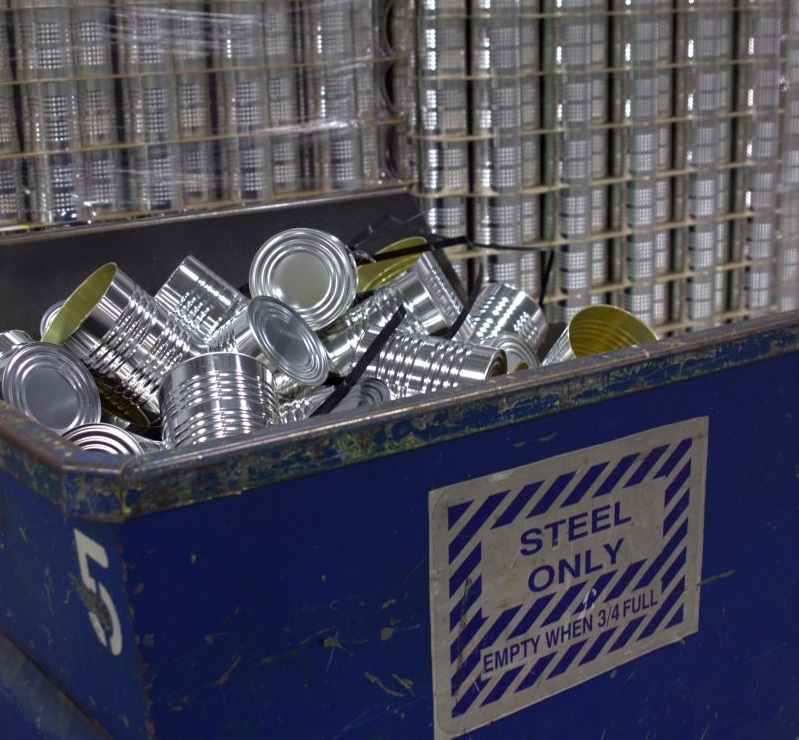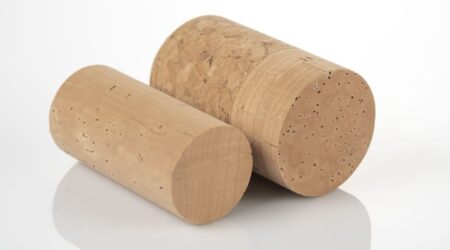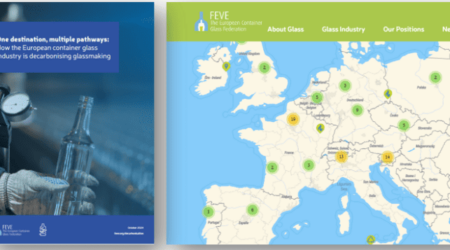APEAL welcomes revision of waste framework directive
Indice
APEAL, The Association of European Producers of Steel for Packaging, has welcomed the proposal for a targeted revision of the EU Waste Framework Directive (WFD) which is part of a wider Biodiversity and Food Package published, 5th July, by the European Commission.
Integrating the proposal for targets to reduce food waste announced in the EU Farm to Fork Strategy, the revision of the WFD is an important step towards achieving a resource efficient, circular economy and addressing the global challenge presented by food waste. The revision also represents continued progress in the drive to eliminate loopholes in the waste management process and phase out the landfill of valuable resources such as steel packaging.
Steel packaging help to reduce emissions CO2
 Alexis Van Maercke, Secretary General of APEAL, said: “It is important to remember that more than 58 million tonnes of food is wasted annually in the EU[1] and that this equates to 16% of the total greenhouse gas emissions resulting from the EU food system[2]. Steel packaging provides a key in the fight to reduce these emissions».
Alexis Van Maercke, Secretary General of APEAL, said: “It is important to remember that more than 58 million tonnes of food is wasted annually in the EU[1] and that this equates to 16% of the total greenhouse gas emissions resulting from the EU food system[2]. Steel packaging provides a key in the fight to reduce these emissions».
“Providing the longest shelf life of any packaging format and helping to cut waste during preparation packing and transport, steel packaging’s unique preservation qualities play a vital role in preventing food waste at all stages in the supply chain. Canned food also presents an energy-free option for consumers at a time when the cost of living and the price of food is rising across Europe».
Steel packaging can be recycled again and again
“At the same time, steel packaging can be recycled again and again. The recycling rate of steel packaging, which has increased every year for more than a decade and now stands at 85.5% is testament to its sustainability credentials and the importance of its role as we strive to improve resource efficiency».
“The revision to the WFD is therefore another key step in enabling Europe to cut food waste and move decisively towards a greener and more circular economy.”
[1] https://ec.europa.eu/eurostat/databrowser/view/env_wasfw/default/table?lang=en
[2] Calculated using the Consumption Footprint methodology, as presented in: European Commission, Joint Research Centre, Sanyé Mengual, E., Sala, S., Consumption footprint and domestic footprint: assessing the environmental impacts of EU consumption and production: life cycle assessment to support the European Green Deal, Publications Office of the European Union, 2023, https://data.europa.eu/doi/10.2760/218540.













